Lens Lovers Club - COVID COMPLIANT Evening Moon Photography Session - 26 May 2021
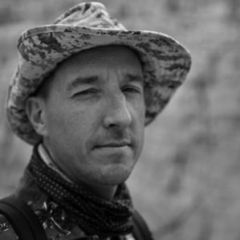
By
Frederic
in Discussions
-
Upcoming Events
-
Apr 27, 2024 02:30 AM
Until 06:30 AM
10 Going | 1 Manage | 0 Waitlist -
Apr 27, 2024 03:00 AM
Until 07:00 AM
6 Going | 3 Manage | 0 Waitlist -
Apr 27, 2024 03:30 AM
Until 06:30 AM
9 Going | 3 Manage | 1 Waitlist -
Apr 27, 2024 11:00 AM
Until 03:00 PM
14 Going | 2 Manage | 3 Waitlist -
Apr 28, 2024 02:30 AM
Until 06:30 AM
6 Going | 3 Manage | 0 Waitlist
-
-
Featured Topics
-
Topics
-
Popular Contributors



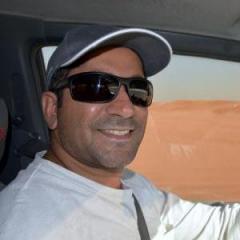
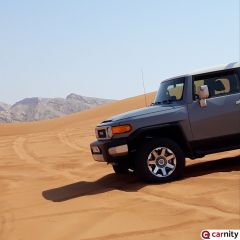
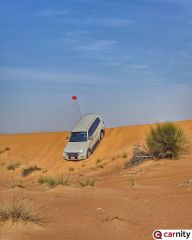
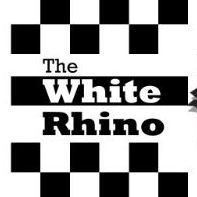

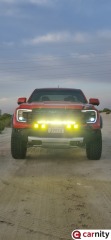
Recommended Posts